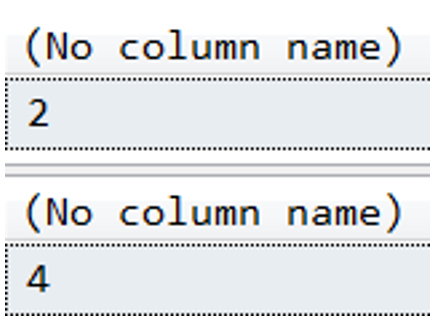SQL Down Under Podcast Show 77 with guest Rob Sewell
I’m pleased to announce the release of another SQL Down Under podcast.
Show 77 features Cloud and Datacenter Management MVP Rob Sewell discussing the popular Powershell dbatools.
In the show, Rob discusses the background of the tools, how they’ve evolved, how to install them, and how you can get involved in contributing to them and other open source projects.
Rob and Chrissy Lemaire (the initial author of the tools) have written a new book on the tools and you can find it here:
2019-12-17




